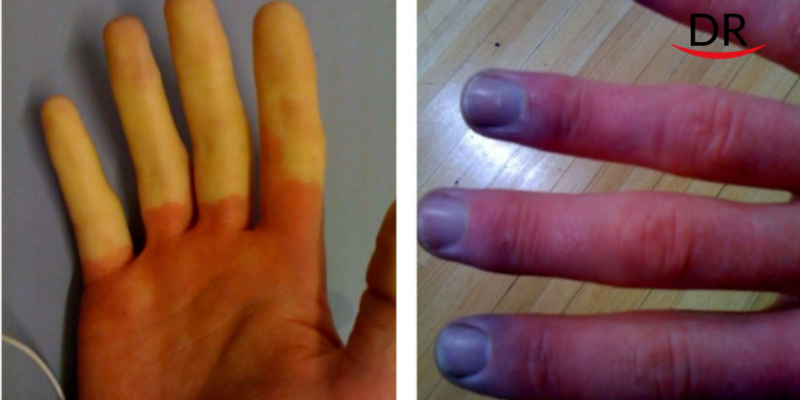The profession of a dentist includes many procedures when it is necessary to use instruments with a certain vibration frequency. Due to the specifics of the profession, these vibrations are transmitted to the dentist or dental technician on a regular basis over extended hours. So can these vibrations be harmful?
The vibrations themselves are not dangerous, but there are times when they cause injury to the working hand and can provoke Harmful Arm Vibration Syndrome (HAVS) in the doctor. This disease affects the blood vessels, nerves, muscles and joints of the hand, wrist, and hand. It is not common in dentistry, mainly among industrial workers who deal with vibrating tools. But if this happens, it often leads to irreversible consequences.

HAVS is classified as an occupational disease. Moreover, it is quite serious, since there is no special test for its diagnosis. The only way is to run multiple tests, including a detailed analysis of the profession.
The transmission of motorised vibrations to the dominant hand can damage the nerves and blood vessels in the hand. Vibration frequencies between 8 Hz and 300 Hz can affect fingers and hands. Frequencies in this range cause the fingertips to turn white due to the lack of blood supply. The degree of pallor is so severe that HAVS is often referred to as white finger syndrome. When blood tries to return to these areas, a feeling of numbness occurs. Thus, tingling, numbness and paleness are the initial signs of HAVS, which can last from 5 to 30 minutes.
While the early signs of vibration sickness may not seem too dangerous, vigilance is essential. HAVS can evolve rapidly or over decades. Researchers have not yet identified a specific onset stage for HAVS. The severity of this syndrome increases with damage to the nerves of the hand. High-frequency vibrations affect the nerves, first causing a loss of mobility and then worsening the sensation of touch. Affected fingers, if left untreated, can lead to cell death and ultimately gangrene.
Cases of HAVS victims have been reported to develop blockages in the arteries of the affected arm. Other comorbid conditions are common, such as tendon inflammation, carpal tunnel syndrome, bone cysts, as well as limited hand movement, poor grip and soreness.
As already mentioned, vibration sickness occurs not only in dentists, but also in electricians, welders, workers on construction sites and all those who use vibration tools. In dentistry, these include handpieces, milling and grinding instruments. Of course, in terms of risk assessment, dental technicians are at greater risk of developing vibration disease.
To prevent the development of the disease, it is necessary to take regular breaks when using these tools. In addition, vibration frequency should be reduced during long-term operation. It is also recommended to wear gloves, especially if the room is cool. This is because cold can make your fingers and hands feel numb. Of course, many experts recommend periodically using alternatives to hand-held vibration devices. It is useful, of course, but there are no alternatives to many tools, let alone save time and efficiency. If we compare the work with an endomotor and without it, then its advantages become obvious.
Vibration sickness is difficult to cure. This is possible with timely detection of the disease and active therapy, while it is necessary to exclude all types of labor that involve vibration, lifting weights and cooling. Even if there are improvements, they occur more slowly over a long period of time. If the nerves are affected, the condition is irreversible. So how are healthcare professionals dealing with HAVS?
Most often, the drug Nifedipine is prescribed. In some cases, surgery is required. But this approach does not cure, but only reduces the severity of the disease. People with HAVS are advised to quit smoking immediately. This is because smoking affects blood flow and can further worsen the condition.
The disease was first discovered in the late 1910s. Since then, any equipment using mechanical vibrations has been assigned two values. One value signals the time when it is necessary to reduce the vibration of the device, and the other standardizes the time for each device, after which it should not be used. Thus, subject to these restrictions, you can protect yourself from vibration sickness.
Research: Click here to download, WHO




















Comments